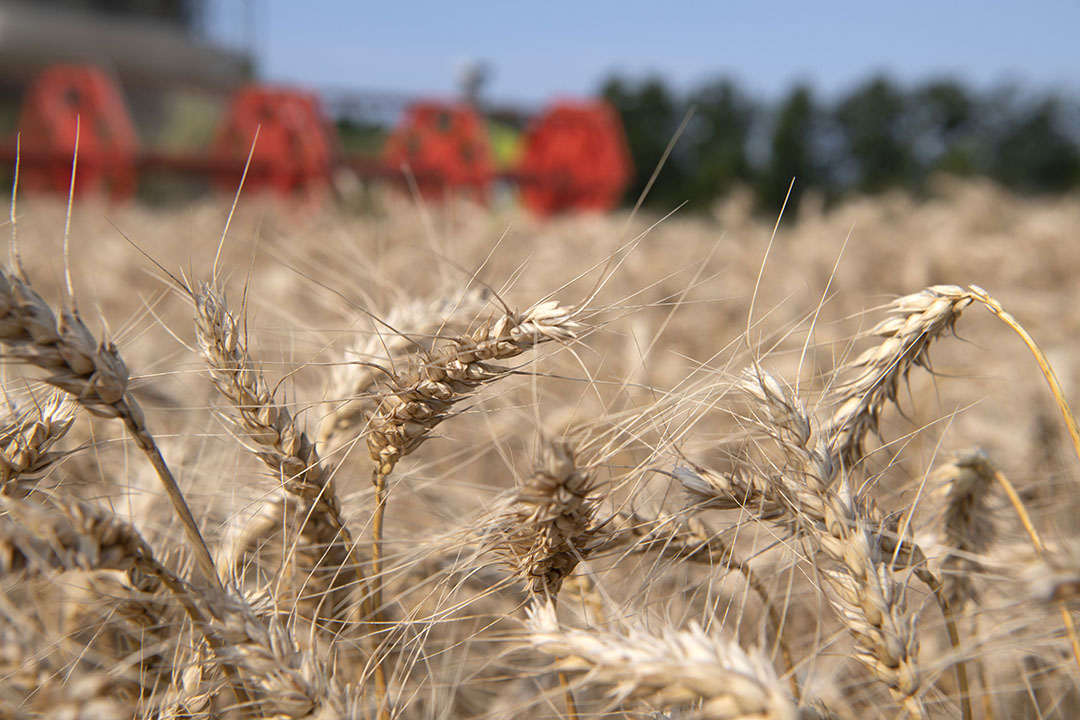Little price movement in wheat market

Wheat quotations have been relatively stable this week.
The first expiring wheat meal quotation (December) on the futures market in Paris barely moves and amounts to € 192.25 per tonne on 29 September. This means that the quotation is more than € 4 higher than a month ago. The relatively high price level is partly due to the low water level in European rivers. As a result, there are about 40% to 50% low water costs on the freight. What makes the prices for wheat more expensive.
Chicago wheat market is also stable
Wheat prices are also reasonably stable on the futures market in Chicago. After the chaotic debate between US President Donald Trump and presidential candidate Joe Biden on September 29, the US dollar lost some ground against the euro and the Russian rouble. A depreciation of the dollar is not bad for American exports of raw materials, because products can then be sold cheaper on the world market.
Lower Ukrainian wheat yield
The drought in the Black Sea region continues, as a result of which the Ukrainian Ministry of Agriculture expects the area of winter wheat to shrink to 6.1 million hectares. That is 0.6 million hectares less winter wheat than a year earlier. Precipitation does fall in parts of Europe and Australia. As a result, more than 30 million tons of wheat is expected in Australia. By comparison, the US Department of Agriculture (USDA) estimates in the September Wasde report that Australia will produce 28.5 million tons of wheat in the 2020-21 season.
 Futures market
Futures market
Overview of futures prices for: corn, wheat and soybean
Harvest pressure
For corn, the quotation on the futures market in Paris is under pressure due to the harvesting activities. The maize quotation for the first contract expiring (November) dropped below € 170 per ton earlier this week.
This weeks forecast is: Practically stable wheat price











